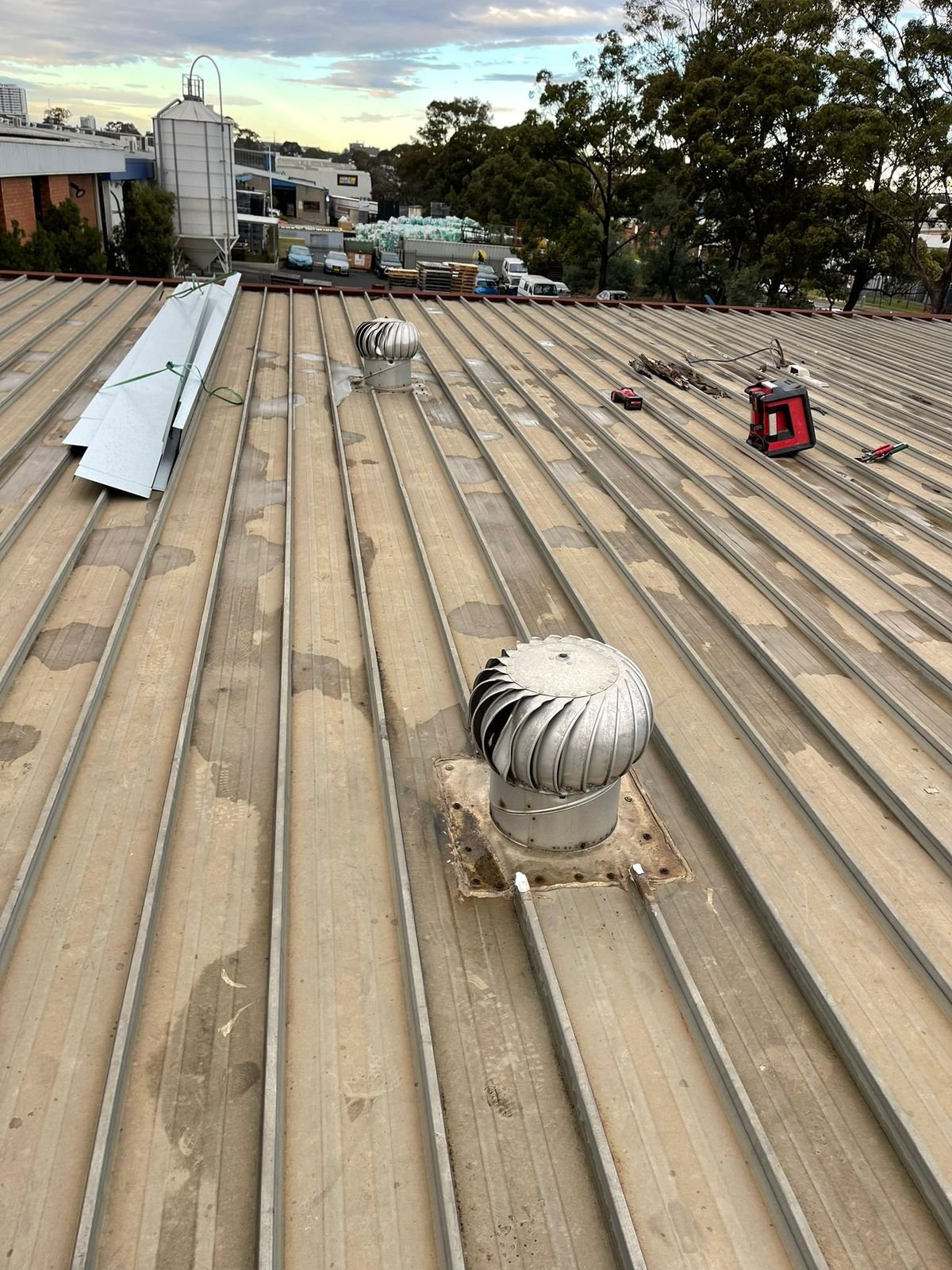In Australia’s hot and humid summers, a lack of proper roof ventilation can result in heat being held within the roof space. This can cause a multitude of issues, including drying of existing roof timbers, ask your roof expert which will eventually lead to their decay. While roof blanket or sisalation is one way to reflect heat, the downside is it seals air and moisture in your roof space, which can encourage growth of fungus. The best way to combat this is a combination of insulation and ventilation.
One of the most popular options for roof ventilation is the commonly seen whirlybird. A whirlybird is a cylindrical dome that spins in the wind, creating a vacuum which extracts warm air from the roof cavity. Whirlybirds are popular because they’re cheap, easy to install, and require little to no maintenance once installed. But you get what you pay for. There are many reasons why you should consider other options for roof ventilation.
The first and most obvious issue is that whirlybirds are dependent on airflow to function properly. If there’s no wind, it won’t spin and is essentially useless. This is especially important in dry summers where there is no wind to make the whirlybird function as intended. Some might consider an electric mechanical whirlybird, but due to the higher price and increased operating costs, it simply makes more sense to consider other options in the same price range, such as a solar vent.
Furthermore, a whirlybird cannot be turned off during winter, which will result in your home losing heat. They tend to be noisy, especially if the wind is very strong on a particular day. And while they’re resistant to rain, they are prone to malfunction because their open design can catch debris, dust, leaves and other foreign objects. While whirlybirds are often considered suitable to be installed and forgotten about, they do in fact require lubrication and cleaning in order to function properly. They’re also not the most durable option, because they’re prone to rust and can be damaged by severe weather.
But by far the most convincing argument to consider other forms of ventilation is that whirlybirds are inherently inefficient when in comparison to other ventilators. A single whirlybird isn’t close to capable of recycling the large mass of air in the ceiling cavity fast enough to prevent it from heating up. They only work if you install enough of them. For the average-sized Australian home, some estimate that it would take at least 10-15 whirlybirds to effectively cool the home. But this will detract from your home’s appearance and can end up making your house look like a factory, not to mention the costs involved. It’s far more sensible to consider other, more modern ventilation options.


